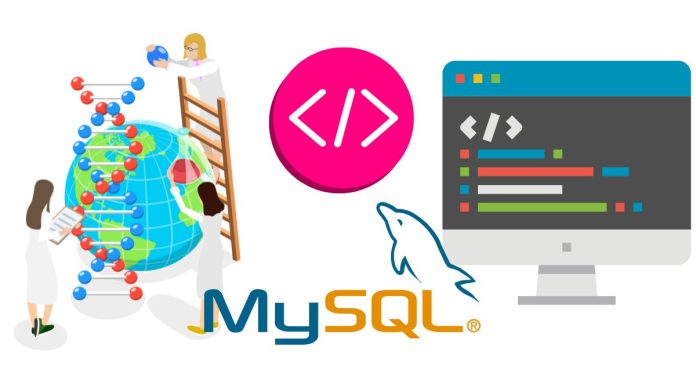In MySQL, you can update multiple records in a single query using the CASE statement. This allows you to conditionally update different records with different values based on some criteria. Here’s how you can update multiple records in one query:
1. Using CASE Statement
The CASE statement allows you to handle multiple updates in one query. For example, if you want to update the status of several users based on their user_id, you can do this in one query:
UPDATE users
SET status = CASE
WHEN user_id = 1 THEN 'active'
WHEN user_id = 2 THEN 'inactive'
WHEN user_id = 3 THEN 'pending'
ELSE status
END
WHERE user_id IN (1, 2, 3);
Explanation:
- The
UPDATEstatement specifies the table (users) that you want to modify. - The
SETclause uses theCASEstatement to check eachuser_idand assigns a new value to thestatuscolumn. - The
WHEREclause restricts the update to theuser_idvalues1,2, and3. ELSE statusensures that if a record doesn’t match any of the conditions, it remains unchanged.
2. Updating Multiple Columns for Different Records
You can also update different columns for different records. For example, if you want to update both status and last_login for multiple users:
UPDATE users
SET
status = CASE
WHEN user_id = 1 THEN 'active'
WHEN user_id = 2 THEN 'inactive'
ELSE status
END,
last_login = CASE
WHEN user_id = 1 THEN '2025-01-20'
WHEN user_id = 2 THEN '2025-01-15'
ELSE last_login
END
WHERE user_id IN (1, 2);
3. Using VALUES for Bulk Updates (MySQL 8.0 and above)
If you are using MySQL 8.0 or later, you can update multiple rows with different values using the VALUES keyword.
UPDATE products
JOIN (VALUES
(1, 'Product A', 100),
(2, 'Product B', 200),
(3, 'Product C', 150)
) AS new_values(id, name, price)
ON products.product_id = new_values.id
SET products.name = new_values.name,
products.price = new_values.price;
This query updates the name and price columns of the products table for multiple records, matching on product_id.
4. Multiple UPDATE Statements in One Query
In MySQL, you cannot directly execute multiple UPDATE statements in a single query. However, you can run multiple UPDATE statements in a single command by separating them with semicolons:
UPDATE users SET status = 'active' WHERE user_id = 1;
UPDATE users SET status = 'inactive' WHERE user_id = 2;
This will execute both UPDATE queries sequentially.


